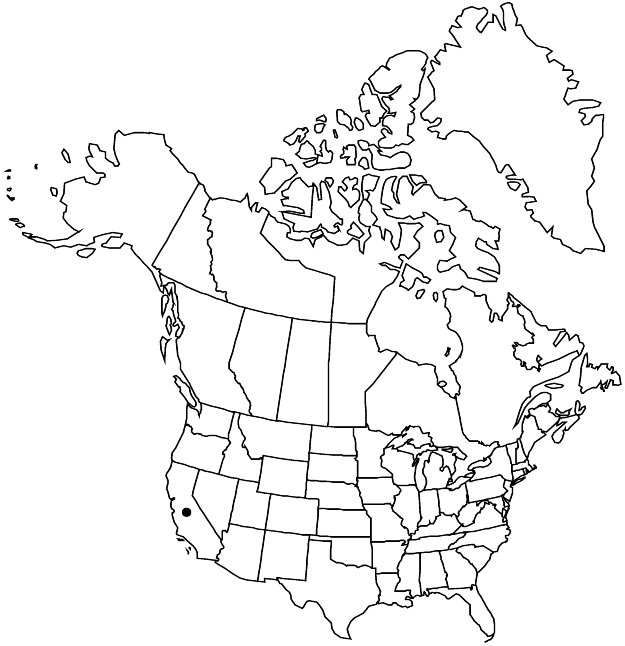Arctostaphylos pechoensis
Leafl. W. Bot. 1: 62. 1933 ,.
Shrubs, erect, 1–5 m; burl absent; twigs short-hairy with long, white hairs. Leaves: petiole 1–4 mm; blade glaucous, dull to ± shiny, oblong-ovate, 2–5 × 1–2.5 cm, base auriculate-clasping, margins entire, plane, surfaces smooth, puberulent, glabrescent. Inflorescences panicles, 1–4-branched; immature inflorescence pendent, (branches dense, framed by bracts), axis 1–1.5 cm, 1+ mm diam., short-hairy with long, white hairs; bracts not appressed, leaflike, linear-lanceolate, 8–15 mm, apex acuminate, surfaces glabrous. Pedicels 5–10 mm, glabrous. Flowers: corolla white, conic to urceolate; ovary hairy. Fruits depressed-globose, 8–12 mm diam., glabrous. Stones partially to entirely connate. 2n = 26.
Phenology: Flowering winter–early spring.
Habitat: Maritime chaparral on siliceous shale soils
Elevation: 0-300 m
Discussion
Of conservation concern.
Arctostaphylos pechoensis is known from the vicinity of the Pecho Hills, San Luis Obispo County.
Selected References
None.
